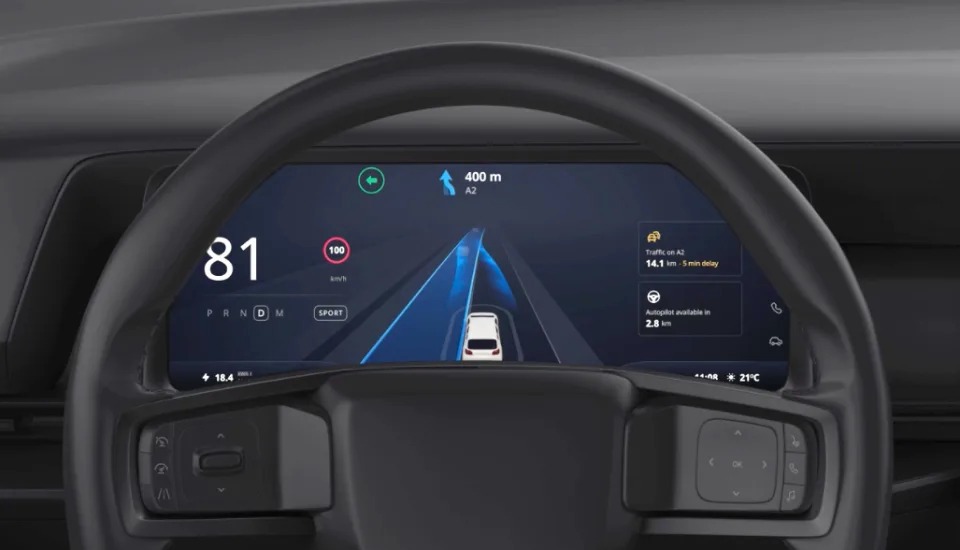Move over, Siri and Alexa, there’s a new AI sheriff in town. And it’s not just helping you order pizza or play your favorite playlist. TomTom and Microsoft have joined forces to bring the power of generative AI straight to your car’s dashboard, promising a fully integrated, conversational driving assistant that will redefine the way we interact with our vehicles.
Remember:
- TomTom and Microsoft are teaming up to bring generative AI to car dashboards.
- This will create a fully integrated, conversational driving assistant that understands natural language and provides personalized recommendations.
- The AI leverages TomTom’s mapping data and Microsoft’s Azure cloud platform.
- User data will be handled responsibly and transparently.
- Cars equipped with this AI are expected to arrive in 2024.
So, buckle up, car enthusiasts and tech junkies! The future of driving is coming, and it promises to be a smoother, smarter, and surprisingly chatty ride. Get ready to ditch the button-mashing and embrace a new era of conversational car companions. The road ahead just got a whole lot more interesting.
AI Under the Hood: How it Powers Next-Gen Driving Experiences
TomTom and Microsoft’s assistant showcases key AI capabilities:
Large Language Models
Foundation for natural speech processing, contextual recommendations and personality.
Reinforcement Learning
Optimizes suggested routes as driving progresses leveraging real-time traffic and hazard data.
Federated Learning
Models inter-vehicle learnings securely without exposing personal driving details.
Sim2Real Transfer
Applies simulation-trained intuition to human conversations and navigation cues.
Responsible AI Practices
Ethics reviews, data protection and algorithmic bias assessments bake trust into design.
The Promise and Perils of Automotive AI
Assistants enable new dimension of vehicle functionality but demand diligence governing risks like:
Driver Distraction Triggers
Excessively conversational experiences could compromise vigilance for the road.
Reliability & Safety Hurdles
Model errors directly endanger vehicle occupants and other motorists.
Security & Privacy Pitfalls
Connectivity expands hackable attack surfaces while exposing driver insights.
Inadequate Explainability
Black box recommendations hinder building appropriate mental models for human oversight.
Algorithmic Bias Amplification
Reflecting and spreading societal prejudices if transparency and testing inadequate.
The Road Ahead: AI for Good Driving
As vehicles transform into powerfully-sensed transportation portals, purposeful AI integration unlocks unprecedented safety, sustainability and community connectivity. But culminating this automotive metamorphosis demands dedication extending beyond engineering – to ethical leadership commitment not financial goals alone. If stewarded responsibly, perhaps autonomous partnerships between driver and assistant may guide us to destinations far surpassing better commutes, revealing richer realities demanding we pay attention when machines finally do listen.










Add Comment